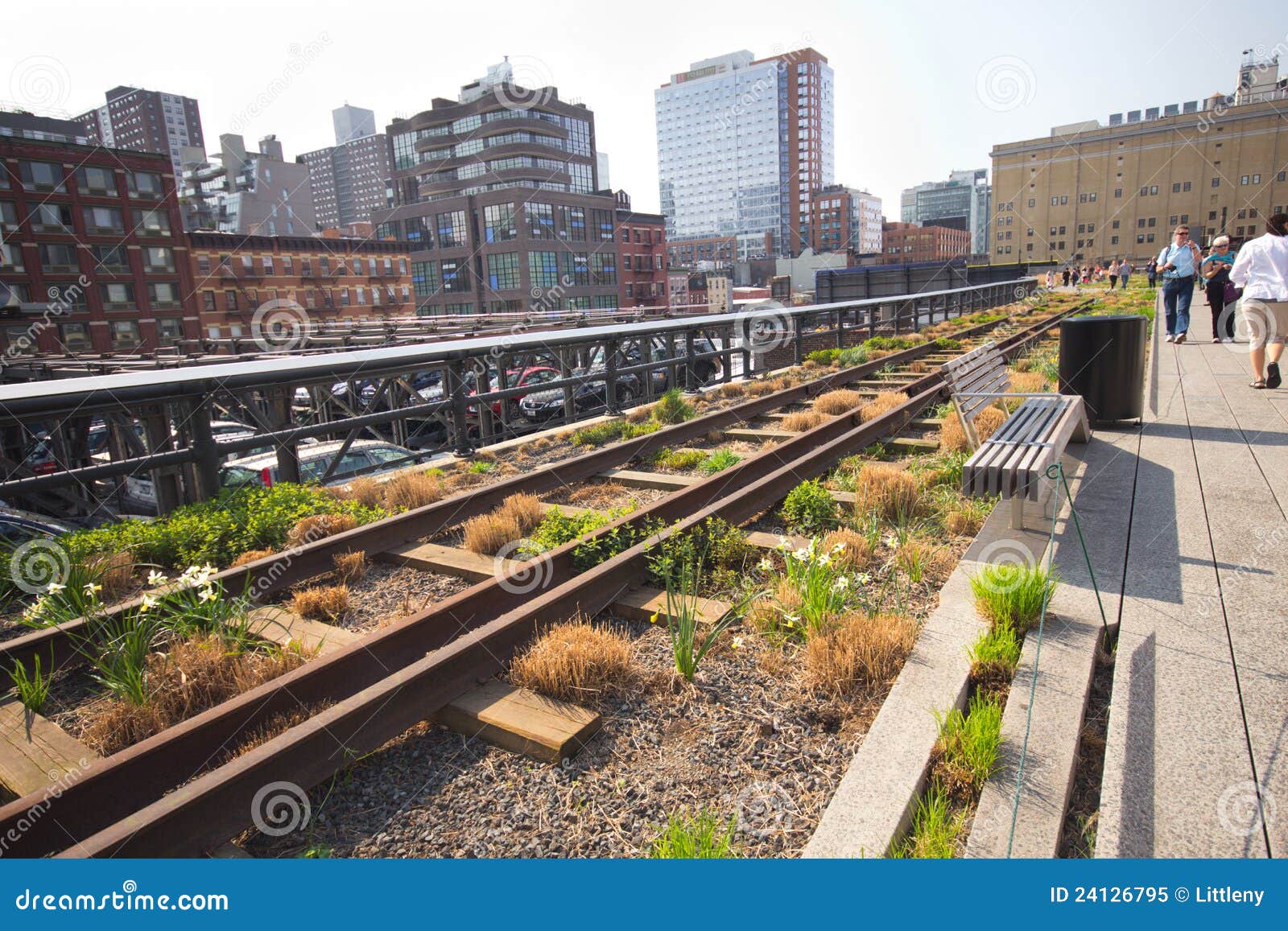Image source: http://cdn.dickblick.com/items/200/43/20043-1209-2-3ww-l.jpg
Soft pastels
Soft pastels are really about as basic an art medium as you can get. They are essentially color, in the purest form you can get it (raw pigment), with as few other ingredients as possible. Some pastels sticks in fact don't contain anything other than pigment.
Soft pastels are great to work with, but one thing they must have is a surface with tooth' (texture), like an art paper produced for pastels and charcoals, watercolor paper, or even fine sandpaper. They don't work on smooth surfaces as the pigment simply can't adhere to them.
In terms of method, soft pastels are all about what you do with them once they're already on the surface. That's way pastel artists talk a lot about laying down' pigment in a way that at first makes them sound a little like they're painting a house! Once the pigment is laid down, the artist can then manipulate it in a host of ways, by blending it, mixing it with other colors, burnishing it into the paper, laying down a second and third layer of different colors on top of it, scratching it to reveal a lower layer, and so on.
Oil pastels
While soft pastels have been around a long time, at least 500 years, oil pastels are a much more recent entry into the art world. They were invented in Japan in the 1920s as a medium for schoolchildren, then were refined and produced for artists by French manufacturer Henri Sennelier from 1949. He did this after being asked to do so by the famous Spanish painter and sculptor, Pablo Picasso, who couldn't get any of them due to the aftermath of WWII.
One of the most significant differences between oil pastels and soft pastels is that because oil pastels contain an oily/waxy binder, they can be used on a much wider variety of surfaces. Far from being limited to paper, oil pastels work on surfaces as diverse as metal, hardboard (Masonite), wood, and even glass. The type of surface chosen of course makes a major difference to the end result.
Washes are more popular with oil pastels than with soft pastels. You need something other than water for this, but mineral spirits, turpentine or even a vegetable oil work fine. It's as easy as applying pigment to the surface, then working on it with a brush dipped in your oil or solvent. This is a nice way of being able to combine drawing and painting techniques and allows for some really interesting effects.
Overall, oil pastels are just a little more out there' than their much older cousin. Their versatility in terms of surface and technique makes them a great choice for the born experimenters among us.
Of course there are other different types of pastels but soft and oil are definitely the main ones that artists seem to choose.
Emma Ralph is an experienced pastel artist. To find out more about the two different types of pastels visit www.paintingwithpastels.com
